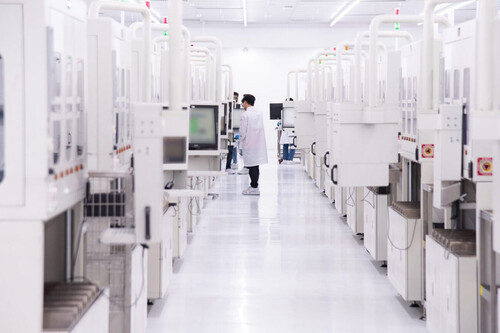Many of the innovations Intel has introduced in its microprocessors over the past 22 years originate from the Israel Development Center (IDC). The IDC developed the P6 (Banias) microarchitecture in 2003, one of Intel’s most successful launches in the last three decades. The high performance-to-watt ratio of the Pentium M processors used in the Centrino platform largely stems from this microarchitecture, which broke from the NetBurst design used in Pentium 4 processors.
The IDC plays a significant role in Intel’s infrastructure, which began with the success of the Pentium M processors and the Centrino platform. Israeli engineers cut the cord with the Pentium 4’s NetBurst microarchitecture and used the P6 implementation of the Pentium III as a starting point. They were right. Intel recognized this path as the future and ended the Pentium saga, which began in early 1993.
Intel Has a Lot to Lose in the War Between Israel and Iran
The ongoing conflict threatens lives in both countries, as both are launching highly destructive missiles. One of the Israeli cities most intensely bombarded by Iran is Haifa. According to the Israel Defense Forces, 150 Iranian ballistic missiles struck Haifa and other northern regions during the night of June 13-14, with some hitting urban areas.
Israel’s opaque stance makes it impossible to know exactly what damage Iran’s attacks have caused. Iran presumably sees no strategic value in Intel’s facilities in Haifa, making it unlikely Iran would target the company directly. Still, the scale of missile attacks by both countries means no civilian facility is truly safe, especially those near government buildings or military installations.
The scale of the attacks is such that no civilian facility is safe.
Haifa is not Intel’s only location in Israel. About 31 miles south of Tel Aviv lies its state-of-the-art Kiryat Gat semiconductor manufacturing plant. I visited both the Haifa and Kiryat Gat facilities in 2019 and 2022. The Kiryat Gat plant includes photolithography equipment from ASML, Tokyo Electron, and other companies. Intel produces many of the processors available to PC users at this facility, making it crucial to its global production infrastructure.
For now, Iran has focused its missile attacks on northern Israel, with Haifa, Tel Aviv, Bat Yam, and Ramat Gan being hit hardest. Kiryat Gat hasn’t been bombed. But it’s hard to predict how the conflict will evolve or how much risk the plant may face. One factor may help keep it safe: It sits in a relatively isolated industrial area, far from military or government facilities. Iran would likely have to consider it a priority target to attack it.
Image | Intel




View 0 comments